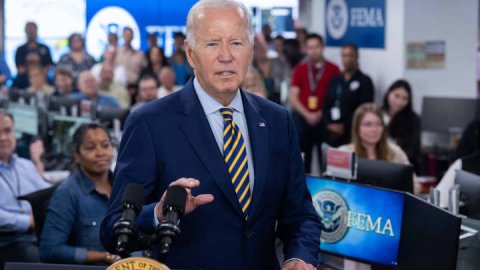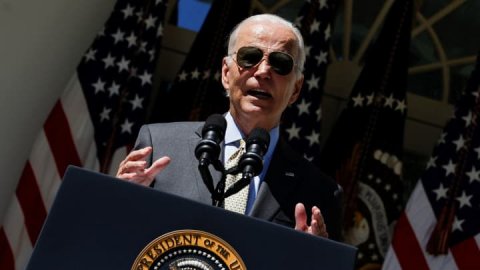
WASHINGTON — The Biden administration acknowledged on Thursday the two-year anniversary of Afghanistan's fall to the Taliban, a somber milestone following a 20-year U.S.-led war in the country.
The Taliban returned to power in Afghanistan following a stunning string of battlefield reversals as the U.S., began a months-long precipitous withdrawal.
"We bow our heads today in memory of the 2,461 U.S. service members who never made it home, including the 13 courageous troops taken from us in the attack at Abbey Gate in the final hours of the war," Secretary of Defense Lloyd Austin wrote in a statement referencing during a humanitarian evacuation mission near the gates of Kabul's airport.
"We also remember the hundreds of service members from allied and partner countries who lost their lives during this 20-year war. And we honor the more than 20,000 Americans who were injured waging war in Afghanistan, including many who still bear wounds that are not visible," Austin wrote, without mentioning the Taliban's return to power.
Read more of CNBC's politics coverage:
The inception of America's war in Afghanistan, dubbed "Operation Enduring Freedom," by then-President George W. Bush, began in the weeks following the attacks of Sept. 11, 2001.
At the time, the Taliban provided sanctuary to al-Qaeda, the group that planned and carried out the devastating terrorist attacks on the World Trade Center in New York City and the Pentagon. The conflict, which spanned over four administrations, claimed and Afghan troops, police personnel and civilians.
In April 2021, Biden ordered the full withdrawal of approximately 3,000 by Sept. 11 of that year. He later gave an updated timeline saying the U.S. military mission would end by Aug. 31, 2021.
In the final weeks of a planned exodus of foreign forces from Afghanistan, the Taliban seized provincial capitals before capturing the prized Bagram Air Base, a sprawling and once-stalwart U.S. military installation that was transferred to only two months prior.
In 2012, at its peak, Bagram saw more than 100,000 U.S. troops pass through, making it the largest U.S. military installation in Afghanistan.
As the Taliban moved closer to the capital, Afghan President Ashraf Ghani fled the country and Western nations rushed to evacuate embassies amid a deteriorating security situation. Despite being vastly outnumbered by the Afghan military, which had long received assistance by Western coalition forces, the Taliban marched into the presidential palace on Aug. 15.
Meanwhile, thousands of people in Kabul in a desperate attempt to escape life under the Taliban.
For two weeks, U.S. troops carried out the largest airlift in American military history, evacuating more than 120,000 U.S. citizens, citizens of allied nations and Afghan allies from Taliban rule. Meanwhile, Secretary of State Antony Blinken suspended America's diplomatic presence in Kabul and transferred the remaining operations to Doha, Qatar.
A day after Afghanistan collapsed to the Taliban, the country saying, "there was never a good time to withdraw U.S. forces."
Read more:
"I remain forever grateful to the military members, diplomats, intelligence professionals and development specialists who not only worked together to advance the United States' Afghan mission for two decades — but who also conducted our withdrawal with the same resolve and bravery that defined U.S. service in Afghanistan," .
"We have demonstrated that we do not need a permanent troop presence on the ground in harm's way to take action against terrorists and those who wish to do us harm," he added.




